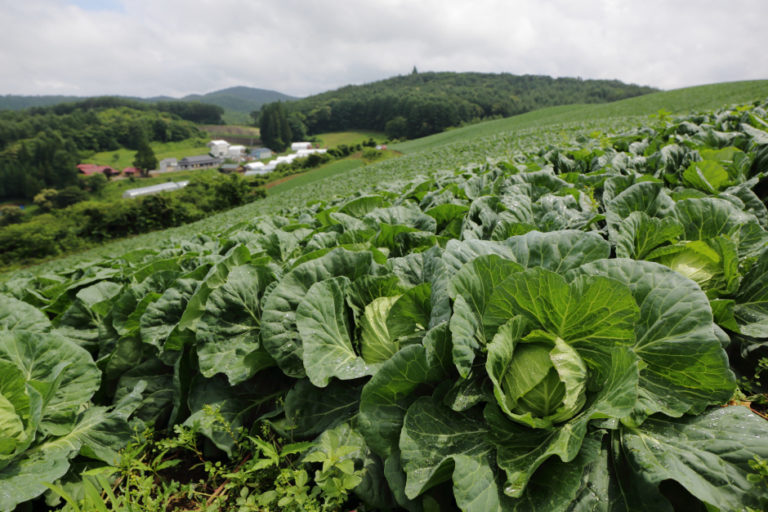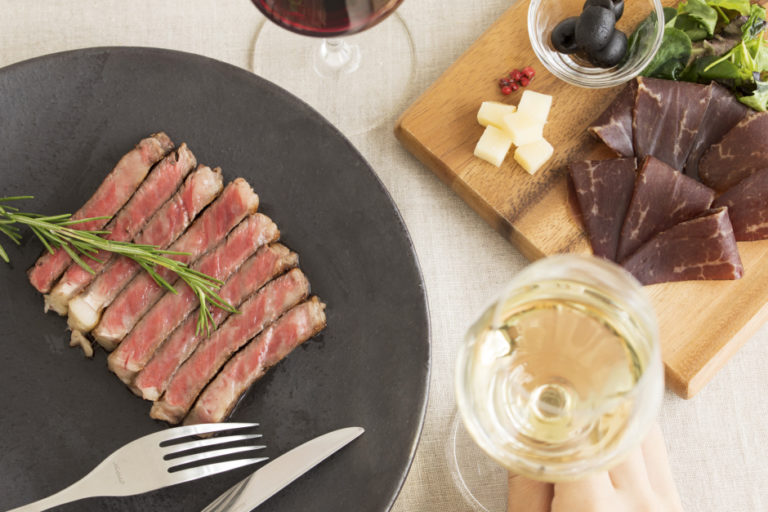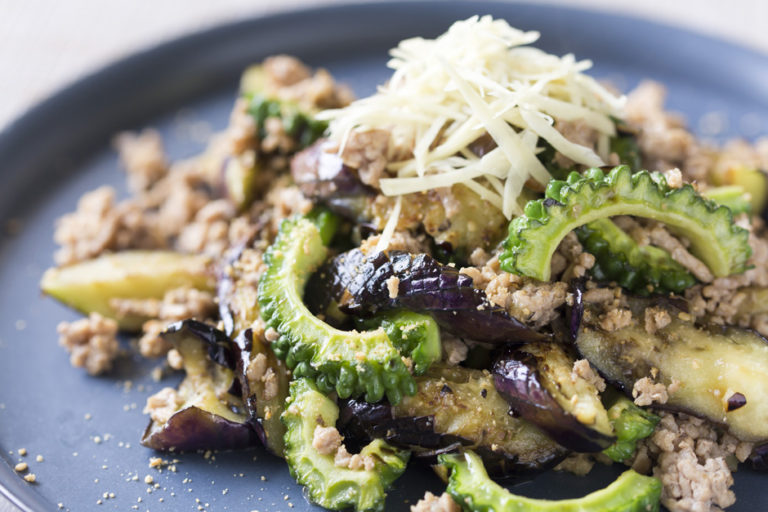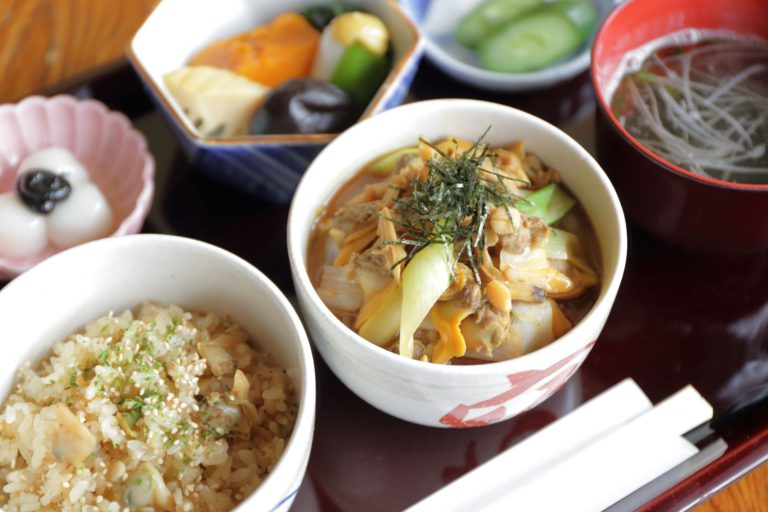The Foundation of the SDGs Future City Built by the Leaders of Recycling-Oriented Agriculture
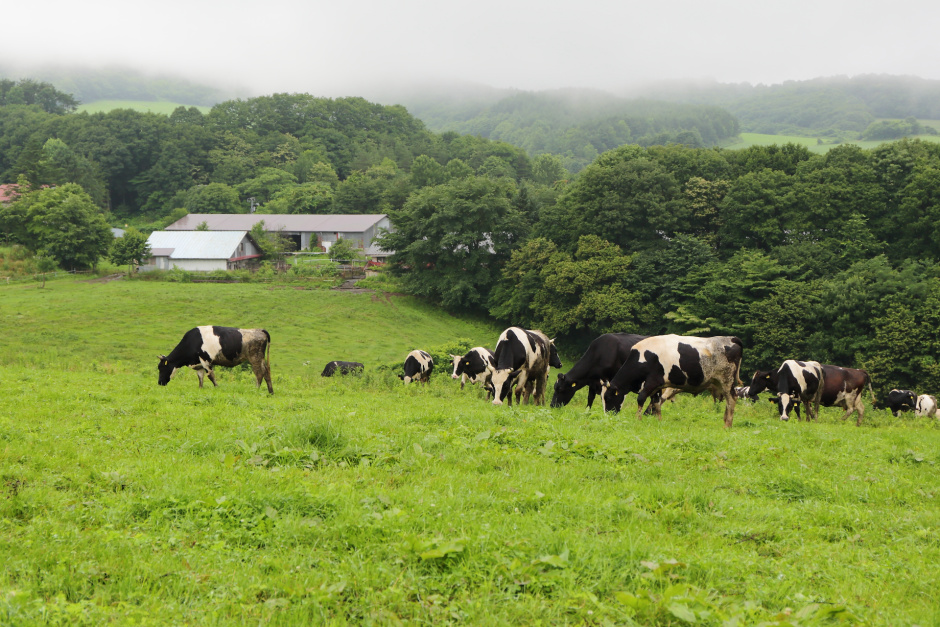
From Iwate Prefecture, Iwate-machi was chosen. Boasting of gross agricultural production of about 13.5 billion yen annually, it is the prefecture's largest food producer. Though it may seem surprising, in fact Iwate-machi has been working on the SDGs for decades. “Kikuchi Farm” and “And Farm” located in the town can be considered to be role models. We visited these two pioneers who have led the way.
Natural grazing and pasture raising for the healthy growth of beef cattle
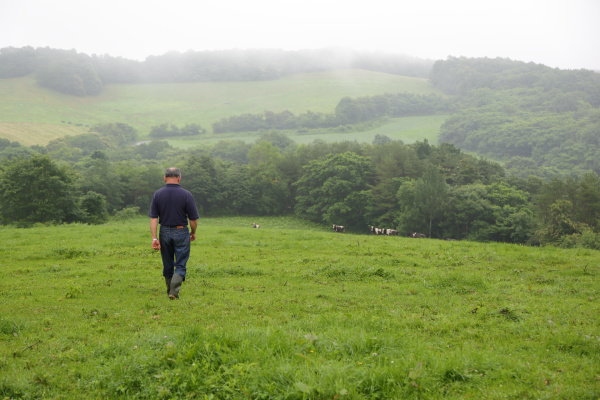
After a 30-minute car ride from Iwate-Numakunai Station on the Tohoku Shinkansen and driving through the downtown before proceeding to a grove of trees, you will see the “Kikuchi Farm” cowshed on the side of a forest road. Established in 1967, this farm is currently run by the second head of the family, Yoshito Kikuchi, his wife Nobuko, and his son.
The farm’s main business is the processing and sale of sausages and hams made from cattle raised on the ranch. Natural grazing has been practiced since the previous generation, and about 100 beef cattle are raised in a 125-hectare pasture. Yoshito, who took me to the pasture, watched the cows enjoy a run in the mud. The cows are free to spend their days as they like until returning to the cowshed at dusk.
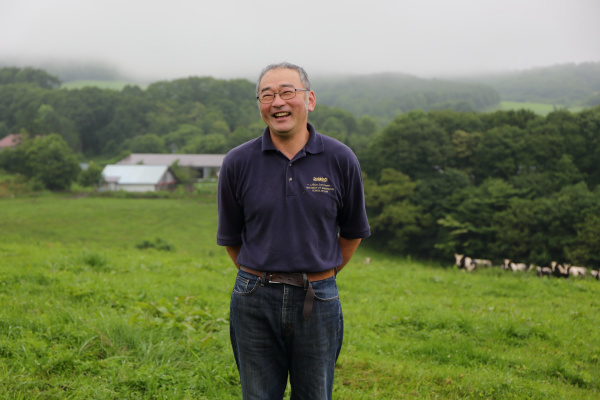
“In winter, we put them in the cowshed, but during the other seasons, we basically raise them in a state close to nature. Even though the cows are bred for meat, they are living animals. I do not want to stress them any more than I have to.”
The cows are grass-fed—in other words, their diet is comprised exclusively of grass and hay. The pasture is seeded every few years, but no chemical fertilizers or pesticides are used. Thus, this challenge differs from conventional animal husbandry, which depends on formula feed.
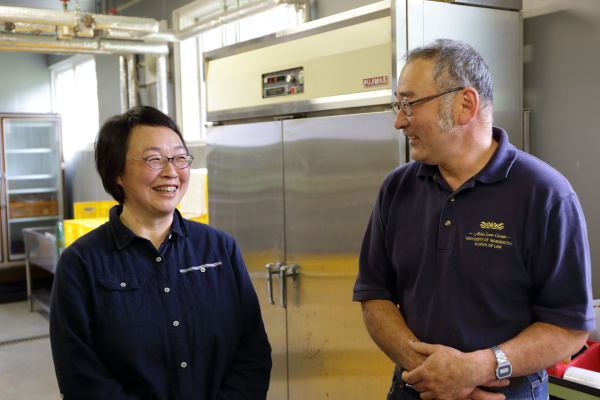
“Our beef cattle exercise a lot and eat a proper amount of food, so they have firm bodies with less meat. If you are looking for a greater yield, I guess you should feed them more to fatten them. However, that doesn’t fit our style,” explains Nobuko.
The Great East Japan Earthquake in 2011 gave Nobuko confidence about her method of raising cows. She witnessed the difficulties her peers faced, unable to procure cattle feed because most of their distribution lines were cut off. Meanwhile, the Kikuchis, who grew their own grass themselves, avoided the dire situation. “Dairy farming within your means shows its strength in an emergency.” The emotions they experienced then are still deeply etched into their hearts.
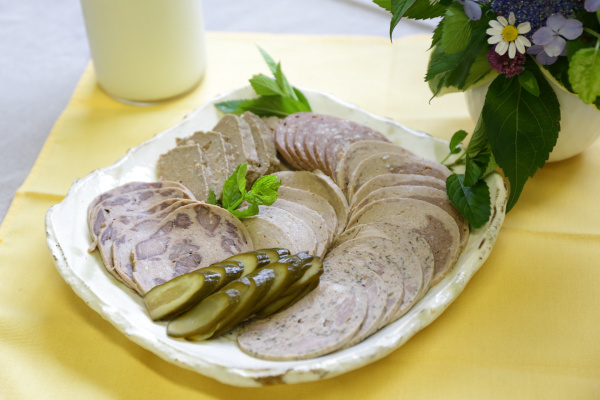
The beef cattle of Kikuchi Farm are raised nearly 3 times longer than conventional ranches; they are processed into sausages and hams when they reach the age of 4. The farm offers about 30 different products, including the standard wiener, a spicy frankfurter, and a Weisswurst perfect for simmered dishes. Yoshito, who trained in Germany and Austria, has an ability second to none. Some products are not available in some seasons because the meat is processed at the optimal timing. However, this is precisely what distinguishes Kikuchi Farm from other producers.
“Our products are handmade and additive-free. We are proud of the taste of wild meat achieved by pasturing. The taste subtly changes depending on the season and the meat of that time, and it doesn’t meet the standards of major manufacturers because we cannot mass-produce it, but there is not a single ‘correct answer’ for livestock production.”
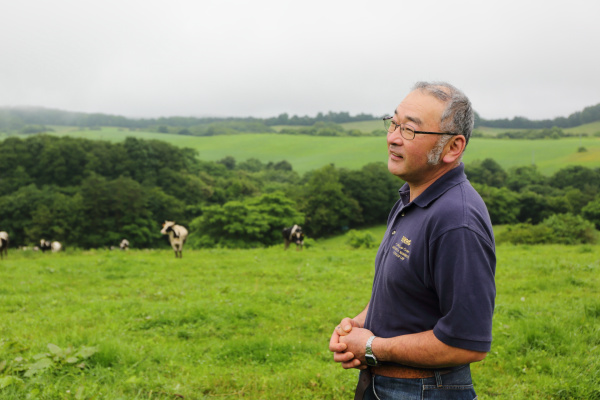
The products are sold at roadside stations in town as well as sent across Japan by mail order. Many repeat customers have been patrons for years. Kikuchi Farm is also developing recipes that use its products in order to present even tastier serving suggestions.
“We are here thanks to our customers who continue to support us. We will continue to practice our philosophy.”
Creating high-quality soil through collaboration between farming and livestock
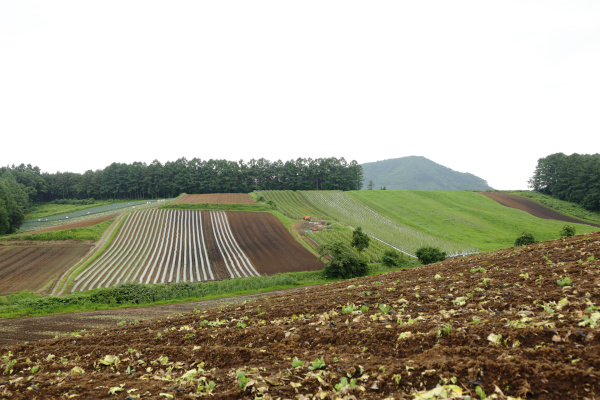
And Farm is a large agricultural corporation that is well-known in the prefecture with a planting area spanning about 100 hectares. It has more than 10 fields from 250 to 700 meters above sea level. The policy of And Farm is, “The right place, the right crops, and the right kind.” Agricultural products and cultivation methods are decided in accordance with the farmland’s climate, such as farming in low places in spring and autumn and in cool, high areas in summer.
Masami Miura, the second president of the farm, has been in the industry for 40 years. He is the type that cannot stop once he sets his mind to something, and if a buyer requests a new variety, he will do research from scratch to secure a stable supply. Since succeeding his father, the number of items the farm handles has increased more than fourfold. Its specialty cabbage “Iwate Haru Midori,” corn, daikon radish, and carrots are distributed in and outside the prefecture through mass retailers. The company also sells processed products, and its in-house-produced “black garlic” is so popular that production cannot keep up.
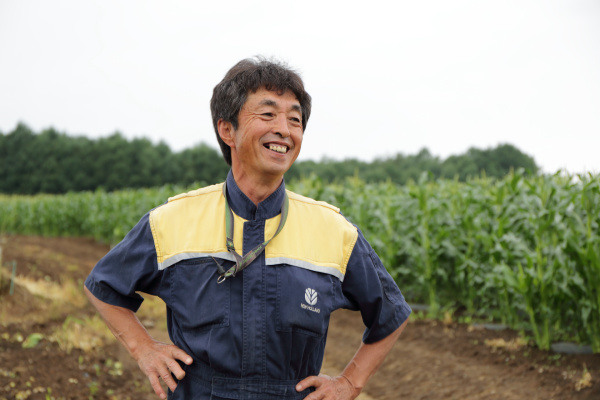
Moreover, And Farm has started smart farming, which has been attracting attention in recent years. Aerial images captured by drones are used to analyze the farming environment, and a tractor equipped with an autopilot system is used for weeding. “It is much more reliable than a sleepy person,” jokes Miura.
Miura, who is flexible about adopting the latest technology, has stuck with “soil making” for decades. At the end of the shipping season every autumn, the farm is sprayed with organic compost made of fermented cow and pig excrement. It takes several months for the compost to settle into the soil, but by the time spring arrives, good quality soil is ready.
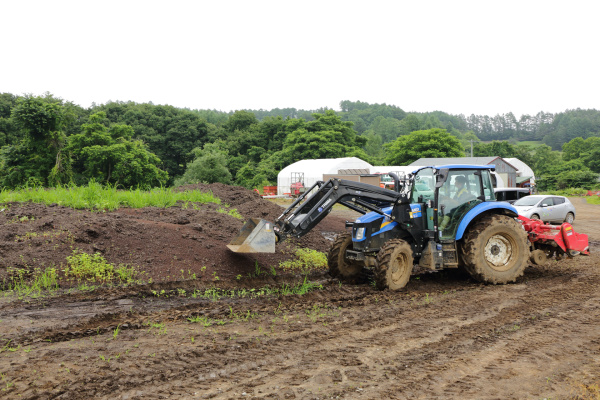
“The organic microorganisms in the compost can prevent the proliferation of disease-causing bacteria. I do not reject the use of chemical fertilizers conceptually, but it is not good to use them too much. Doing so makes the vegetables more bitter and astringent, and it also costs more.”
The farm uses nearly 3,000 tons of organic fermented compost each year. Until about 20 years ago, the farm made the compost itself, but as the business scale expanded, it started to obtain compost from local livestock farmers. At first, however, Miura says that he found it difficult to get the livestock farmers to understand the usefulness of organic fermented compost.
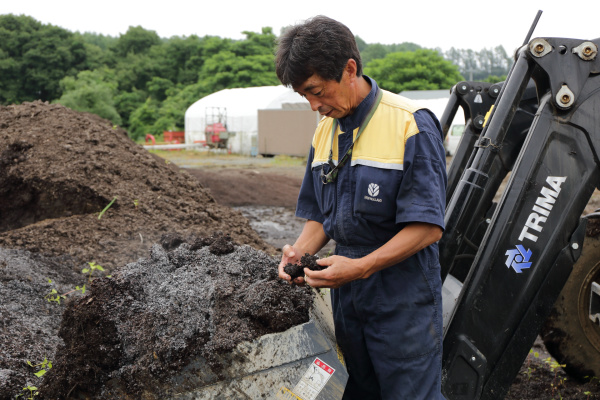
“For livestock farmers, cow and pig excrement is just industrial waste. However, you have to ferment that completely for a year. They would exclaim, ‘Why do I have to spend so much time and effort on this!’”
It took a year to convince the livestock farmers. The key factor that resolved the situation was the benefits that both sides would gain through cooperation between agricultural and livestock farmers.
“Farmers grow rice and vegetables using compost made by livestock farmers. Livestock farmers, on the other hand, feed cows and pigs with feed crops produced by farmers. If the quality of the compost improves, the quality of the crops also improves. Then, the livestock that eat the crops grow up healthy. I argued for a long time that if this cycle worked, it would raise the overall quality of local agriculture.”
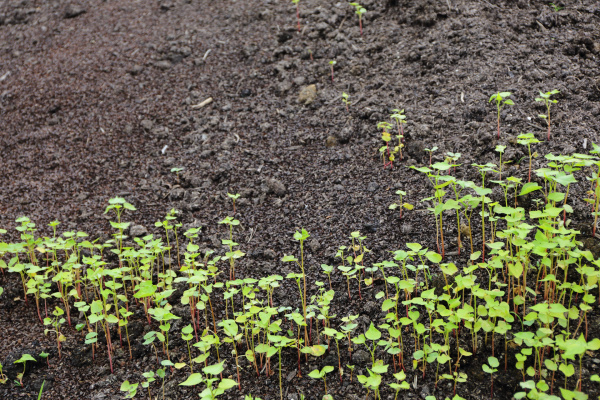
We saw a heap of compost in a corner of the farm during our tour. When we took the compost into our hands, white steam came out. According to Miura, the compost stays warm even during winter because fermentation has progressed due to the power of the microorganisms. There was no unpleasant odor whatsoever.
This resource recycling system has now been stably established within the farm. There are few areas in Japan like Iwate-machi, where collaboration between farming and livestock has been achieved within the same local government.
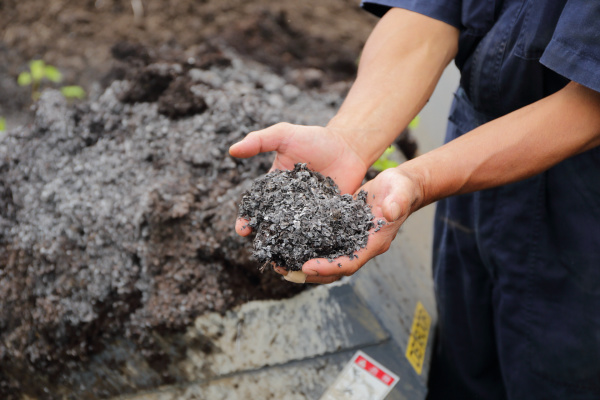
While farmers across the country decry the shortage of farmers, Miura is actively accepting trainees. The farm’s name suggests this notion.
“Agriculture is connected to all fields, including health, education, and the environment. The ‘and’ of And Farm represents the potential of agriculture that operates closely with other human activities. This includes ‘agriculture and the next generation.’ I also want to ‘feel relieved (“relief” is pronounced ando in Japanese)’ as soon as possible by nurturing the young people who will be entrusted with the future of agriculture,” says Miura, laughing.
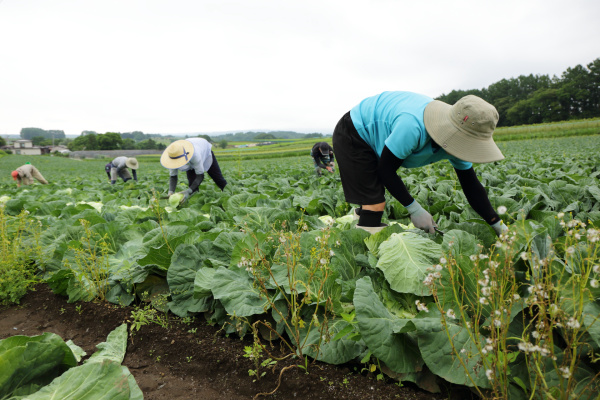
Iwate-machi’s foundation was laid long before the term “SDGs” was coined. The efforts of the town’s highly motivated producers provide useful hints for sustainable local initiatives.

